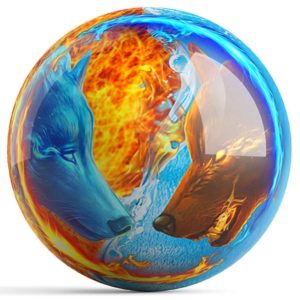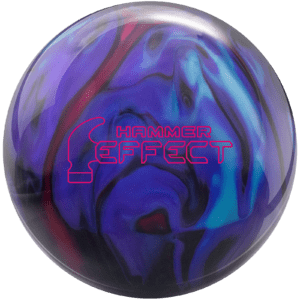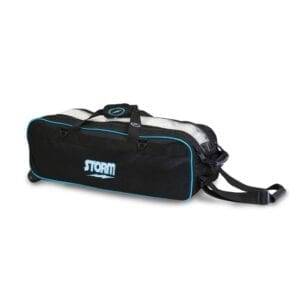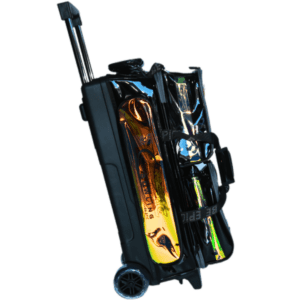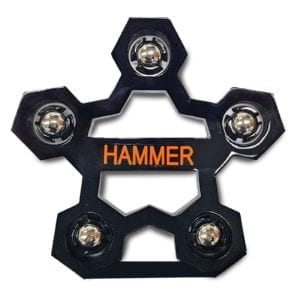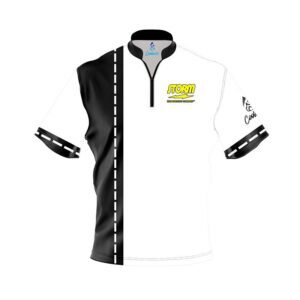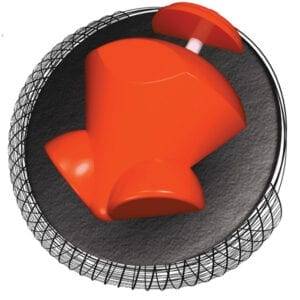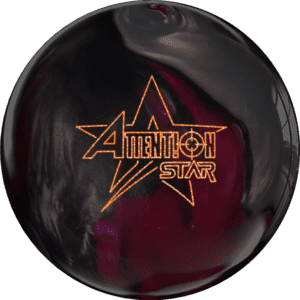Bowling How To's & Buyers Guides, Intermediate Level Bowling Tips, Surface & Layouts
Unleash Your Bowling Ball’s Potential: Mastering Surface Adjustments

Unleash Your Bowling Ball’s Potential: Mastering Surface Adjustments
The art of surface adjustments is a crucial aspect of maximizing the potential of your bowling ball. By understanding the impact of surface adjustments, you can significantly enhance your bowling ball’s performance and adapt it to various lane conditions.
In this blog post, we’ll delve into the importance of surface adjustments in bowling and how it directly influences the ball’s reaction on the lanes. You’ll gain valuable insights into the key techniques for optimizing your bowling ball’s surface to suit different oil patterns and lane conditions.
We’ll explore the significance of surface textures, grit adjustments, and polishing methods, providing you with practical knowledge that can elevate your bowling game to new levels. Whether you’re a casual bowler or a seasoned enthusiast, mastering the art of surface adjustments is sure to enhance your overall performance on the lanes.
Understanding Surface Adjustments
Bowling is not just about rolling a ball down the lane and hoping for the best. It’s a nuanced game that involves understanding the impact of the bowling ball’s surface on its performance. Surface adjustments play a crucial role in maximizing the potential of your bowling ball. Let’s delve into the concept of surface adjustments and the pivotal role they play in enhancing your game.
Friction and Oil Absorption
When it comes to surface adjustments, one must consider the relationship between friction and oil absorption on the bowling ball’s surface. Friction refers to the resistance between the ball and the lane, which significantly affects the ball’s motion. A ball with a higher level of friction interacts more with the lane, resulting in an earlier hook potential. On the other hand, oil absorption indicates how the ball reacts to the oil patterns on the lane. The amount of oil a ball absorbs influences its motion and overall performance.
Finding the right balance between friction and oil absorption is essential for achieving optimal performance. It’s about striking the perfect equilibrium that suits your playing style and the lane conditions. By understanding the interplay between these factors, you can make informed surface adjustments to fine-tune your ball’s reaction on the lane, ultimately leading to improved accuracy and pin carry.
 Photo by Matthias Zomer
Photo by Matthias Zomer
Surface Adjustment Techniques
When it comes to optimizing the performance of your bowling ball, surface adjustments play a crucial role in achieving the desired ball motion and pin action. Let’s jump into the various techniques for adjusting the surface of a bowling ball and the specific impact of each method.
Sanding
Sanding a bowling ball involves the use of abrasive materials to alter its surface texture. Typically, bowlers use sanding discs with different grits to achieve specific surface finishes. Lower grit sizes, such as 500-grit, create a more aggressive surface, providing increased traction on the lane. On the other hand, higher grit sizes, like 2000-grit, produce a smoother surface, offering enhanced length and backend reaction.
Sanding a bowling ball can significantly impact its performance. Lower grits increase hook potential by creating earlier friction with the lane surface, while higher grits promote a more skid-flip motion down the lane. By understanding the impact of grit sizes, bowlers can tailor their ball’s surface to match lane conditions and their individual playing style.
Polishing
Polishing a bowling ball involves the use of specific compounds to create a smooth and glossy surface. This process not only enhances the aesthetic appeal of the ball but also affects its on-lane performance. Polishing reduces friction between the ball and the lane, allowing for a cleaner and more consistent motion. It also increases the length the ball travels before gripping the lane, contributing to a more angular backend reaction.
By incorporating polishing into their maintenance routine, bowlers can fine-tune their ball’s motion characteristics to adapt to changing lane conditions and improve overall performance.
 Photo by Pavel Danilyuk
Photo by Pavel Danilyuk
Specialized Bowling Ball Products
In addition to sanding and polishing, bowlers can utilize a range of specialized products designed specifically for surface adjustments. This includes cleaners, rejuvenators, and polishing agents tailored to maintain and enhance the ball’s surface.
Cleaners are used to remove dirt, oil, and belt marks from the ball, restoring its original surface characteristics. Rejuvenators help revitalize the coverstock, ensuring consistent performance over time. These specialized products offer bowlers the flexibility to adapt their ball’s surface to meet the demands of different lane conditions, ultimately maximizing its potential for improved play.
Optimizing Performance Through Surface Adjustments
In the quest for bowling success, the key to optimizing performance lies in leveraging surface adjustments tailored to the specific lane conditions and individual playing style. Let’s delve into the impact of surface adjustments and how bowlers can maximize their potential on the lanes.
Lane Conditions and Surface Adjustments
The condition of the lane surface profoundly influences the performance of a bowling ball. On dry lanes, for instance, a ball with a smoother surface, such as a 4000-grit Abralon finish, can help minimize hook potential and retain energy for a controlled backend reaction. Conversely, oily lanes demand a more aggressive surface to maximize traction and hook potential, making a 500-grit SiaAir or even a 360-grit Abralon finish more suitable.
For medium volume lane conditions, a versatile surface adjustment in the range of 2000 to 3000 grit is often effective, offering a balanced blend of control and hook potential. It’s crucial for bowlers to experiment with different surface adjustments during practice sessions to identify the optimal finish for various lane conditions. By doing so, they can refine their arsenal and adapt swiftly to the ever-changing environments they encounter.
Maintenance and Care for Surface Adjustments
Regular maintenance and careful care are vital for preserving the effectiveness of surface adjustments on a bowling ball. By following proper cleaning and storage practices, bowlers can extend the lifespan of their surface adjustments and ensure consistent performance.
Cleaning and Storage
To maintain the surface adjustments and overall condition of your bowling ball, it’s crucial to clean it regularly and store it properly. Use a dedicated bowling ball cleaner to remove dirt and oil buildup from the ball’s surface after each use. Additionally, microfiber towels are gentle and effective for cleaning the ball without causing damage. During play, use a shammy to wipe the dirt and oil off the ball.
When storing your bowling ball, keep it in a cool, dry place away from direct sunlight and extreme temperatures. A bowling ball bag with a padded interior provides the best protection during transport and storage. By following these practices, you can prevent premature wear and preserve the surface adjustments for optimal performance.
 Photo by Pavel Danilyuk
Photo by Pavel Danilyuk
Professional Maintenance Services
While regular at-home cleaning and maintenance are essential, seeking professional maintenance services can further enhance the longevity and effectiveness of surface adjustments. Professional technicians have the expertise and specialized equipment to recondition the surface adjustments, ensuring they remain at peak performance levels.
By entrusting your bowling ball to professionals for periodic maintenance, you can maximize its potential and extend its lifespan. Additionally, professional services can address more intricate adjustments and refinishing needs, providing comprehensive care for your bowling ball.
By combining regular at-home care with occasional professional maintenance, bowlers can protect their investment and enjoy consistent, superior performance from their bowling ball.
Conclusion
In conclusion, surface adjustments play a crucial role in unleashing the full potential of your bowling ball. By altering the surface texture and friction, you can significantly impact the ball’s performance on the lane. Remember, experimentation is key. Don’t be afraid to test different surface modifications to elevate your bowling experience. Whether it’s a subtle tweak or a more dramatic change, embracing the art of surface adjustments can take your game to the next level. So, go ahead, grab that sanding pad, and let your creativity roll!










